|
Budget friendly healthy eating can seem like an impossible task, especially with rising food costs. Here are some tips on achieving healthy eating without breaking the bank.
BEFORE SHOPPING
DURING SHOPPING
Make sure to check the size of the whole package to determine if you can use it before it may spoil. Purchasing by unit price can often lead to purchasing a larger amount of an item, so ask yourself: “Can I use this before the expiration date?”
This is an app from the United States Department of Agriculture designed to assist in making affordable healthy choices and offers ways to prepare budget friendly foods. Can't get the app? Check out their website for tips instead. REFERENCES 6 Tips for Eating Healthy on a Budget. Centers for Disease Control and Prevention. Published December 2021. Accessed October 2024. Academy of Nutrition and Dietetics Offers Tips for Healthful Eating as Consumer Food Spending Increases. Eat Right PRO: Academy of Nutrition and Dietetics. Published November 2023. Accessed March 2024. Arky, J. How Much Cheaper Are Store-Brand Groceries Than Name Brands? Nasdaq.com. Published 2022. Accessed March 2024. Cox J. Shop Healthy on a Budget. Academy of Nutrition and Dietetics. Published March 2022. Accessed March 2024. Smart Shopping | SNAP-Ed. New York State Office of Temporary and Disability Assistance. Published June 2015. Accessed March 2024. By Halle Derouin, MS MGH Dietetic Intern
0 Comments
Have you been struggling with eating healthier while also balancing family dynamics? Are you wondering how you can have both healthy meals and happy kids? Try these tips!
INVOLVE KIDS IN MEAL PREP They can help you prepare by:
Involving your kids in cooking is a great way for them to start learning about food and healthy eating. Research even suggests cooking with kids may increase their preference for vegetables. LET THEM PICK OUT FOOD Have them:
Use this as an opportunity to teach your kids about healthy eating with family activities. CONSULT A FAMILY-FRIENDLY COOKBOOK OR TRY ONE OF THESE HEALTHY RECIPES:
Sometimes complicated meals can feel overwhelming for kids, stick to the basics and work from there. REFERENCES: American Heart Association editorial staff. When Kids Help Cook, Healthy Family Meals Are Easier. American Heart Association. Updated August 23, 2019. Accessed April 2023. Asigbee F, Davis J, Markowitz A, et al. The Association Between Child Cooking Involvement in Food Preparation and Fruit and Vegetable Intake in a Hispanic Youth Population. Current Developments in Nutrition. 2020; 4(4). Spill M, Callahan E, Johns K, et al. Repeated Exposure to Foods and Early Food Acceptance: A Systematic Review. USDA Nutrition Evidence Systematic Review. 2019. By Maria Cherry, MGH Dietetic Intern Meal planning is a useful tool to have in your healthy lifestyle toolbox. It consists of writing down meal options to assist in grocery shopping and weekly food preparation.
Meal planning can help increase the consumption of fruits and vegetables in our diets and reduce intake of added sugar, saturated fat, and sodium. How to Start Meal Planning: Choose a guide to help organize your meals
Check your fridge, freezer, and pantry for items to incorporate in your weekly plan
Get inspired and make a menu
Feeling overwhelmed? Start by selecting a protein (like peanut butter, eggs, beans, or chicken); grain (like oatmeal, whole wheat tortilla, or quinoa); and fruit or vegetable. Time to grocery shop
REFERENCES: Gordon, Barbara. 3 Strategies for Successful Meal Planning. Academy of Nutrition and Dietetics. Reviewed August 2022. Accessed October 3, 2022. U.S. Department of Agricultural and U.S. Department of Health and Human Services. Dietary Guidelines for Americans, 2020-2025. 9th Edition. December 2020. Accessed October 2022. By Taylor Klein, MGH Dietetic Intern The American food supply is considered quite safe, but it’s not without flaws: about 1 in 6 Americans is impacted by foodborne illness or “food poisoning” every year, which can include gastrointestinal upset, dehydration, and, in rare cases, lead to hospitalization or death.
Many foodborne illnesses are caused by bacteria, most commonly Salmonella and Campylobacter. These bacteria grow rapidly in a temperature range known as the “Danger Zone” (40 to 140℉). Though food poisoning is often associated with meat, illness-producing microbes such as Bacillus cereus can also grow in improperly stored starches such as rice, beans, and pasta. Read on to learn how to protect yourself. To Keep Food Out of the Danger Zone:
To Safely Eat Leftovers:
REFERENCES: McDowell RH, Sands EM, Friedman H. Bacillus Cereus. StatPearls Publishing. Sept 16, 2021. Office of Disease Prevention and Health Promotion. Healthy People 2020. Accessed July 7 2022. Tack DM, Ray L, Griffin PM, et al. Preliminary Incidence and Trends of Infections with Pathogens Transmitted Commonly Through Food — Foodborne Diseases Active Surveillance Network, 10 U.S. Sites, 2016–2019. CDC Morbidity and Mortality Weekly Report. 2020;69(17):6. USDA Food Safety and Inspection Service. Keep Food Safe! Food Safety Basics | Food Safety and Inspection Service. Updated December 20, 2016. Accessed July 2022. USDA Food Safety and Inspection Service. Leftovers and Food Safety. Updated July 31, 2020. Accessed July 2022. U.S. Food and Drug Administration. Safe Minimal Internal Temperatures. Published August 2017. Accessed July 2022. U.S. Food & Drug Administration. What You Need to Know about Foodborne Illnesses. February 17, 2022. Accessed July 2022. By Avery Lorio, MGH Dietetic Intern There’s no denying it - pumpkin season is back! These days you can find pumpkin in everything from ice cream to alfredo sauce. But do these pumpkin options offer any benefit to our health? It depends. Pumpkin, a type of winter squash, has an impressive nutrient profile, with benefits ranging from skin and eye health to immune support and heart benefits. A 1-cup serving of pumpkin contributes several key nutrients:
When evaluating festive fall foods, look for pumpkin as one of the first few ingredients listed on a food label. (Sadly, pumpkin ice cream usually has more cream and sugar than pumpkin.) Or try this creamy pasta fettuccini as a comforting way to celebrate the health benefits of pumpkin. REFERENCES: Pumpkin, cooked, boiled, drained, without salt. Cronometer. 2021. Soliman GA. Dietary Fiber, Atherosclerosis, and Cardiovascular Disease. Nutrients. 2019;11(5):1155. Vitamin A: Fact Sheet for Consumers. National Institutes of Health: Office of Dietary Supplements. 2021. Young AJ and Lowe GL. Carotenoids-Antioxidant Properties. Antioxidants. 2018;7(2):28. By Deanna Nappi, MS, MGH Dietetic Intern Research has shown that, on average, adults gain 1 to 2 pounds between Thanksgiving and the start of the new year. No need to panic. Here are some tips on how to treat yourself while staying on track:
REFERENCE Díaz-Zavala RG, Castro-Cantú MF, Valencia ME, Álvarez-Hernández G, Haby MM, Esparza-Romero J. Effect of the Holiday Season on Weight Gain: A Narrative Review. J Obes. 2017;2017:2085136. By Rosanne Walsh, MGH Dietetic Intern Though there are no major shortages of food in this country, canned and frozen foods may be difficult to find due to consumer stockpiling. Fear not - fresh foods can also be frozen at home. Refer to our chart below to learn how to freeze them. Plus Here's 4 Tips to Make Your Produce Last Longer:
REFERENCES Coronavirus Disease 2019 (COVID-19) Frequently Asked Questions. FDA. Accessed March 2020. Demichele, K. How to Store Fruits and Vegetables. Cook's Illustrated. 2019. Accessed March 2020. Refrigerator and Freezer Storage Chart. FDA. 2018. Accessed March 2020. The Big Thaw - Safe Defrosting Methods for Consumers. USDA Food Safety and Inspection Service. 2013. Accessed March 2020. By Kylie Sakaida, MS, RD, LDN Avoid unnecessary trips to the grocery store by making use of long-lasting ingredients. To create a supportive meal, mix and match simple combinations of starch, produce, protein, and healthy fats (like olive oil and olives).
1. Utilize Tortillas to Make a Variety of Quesadillas and Tacos PROTEIN OPTIONS: black, pinto, or garbanzo beans, frozen shrimp, or cheese PRODUCE OPTIONS: frozen spinach, peppers, or broccoli and jarred salsa Tip: frozen produce often has just as many - if not more - vitamins than fresh 2. Use Leftover Grains (Like Rice or Quinoa) for a Stir-fry PROTEIN OPTIONS: tofu or eggs PRODUCE OPTIONS: frozen broccoli, peas, or peppers and canned vegetables like baby corn or mushrooms 3. Get Creative with Pasta PROTEIN OPTIONS: white beans, chickpeas, anchovies, or tuna PRODUCE OPTIONS: garlic and onions, canned tomatoes (or tomato paste), dried mushrooms and herbs (like basil, oregano, or thyme), jarred roasted red peppers, sun-dried tomatoes, and frozen broccoli or spinach Tip: try this pasta with chickpeas recipe, which utilizes only pantry ingredients By Kylie Sakaida, MS, RD, LDN In the United States, we throw out a lot of food. It is estimated that:
Here are tips to reduce food waste so that your money goes further at the grocery store. Plan meals ahead and shop with a list. When you only buy what you need, you are less likely to have leftover ingredients at the end of the week. Utilize your freezer to store leftovers, meats, fruits, and vegetables Adapt your favorite recipes to use up leftover produce by swapping in similar vegetables:
References: Buzby JC, Farah-Wells H, Hyman J. The Estimated Amount, Value, and Calories of Postharvest Food Losses at the Retail and Consumer Levels in the United States. United States Department of Agriculture Electronic Journal. 2014. Conrad Z, Niles MT, Neher DA, Roy ED, Tichenor NE, Jahns L. Relationship between food waste, diet quality, and environmental sustainability. Plos One. 2018;13(4). Venkat K. The Climate Change and Economic Impacts of Food Waste in the United States. Int J Food System Dynamics. 2011;2(4):231-446. With the return to cool temperatures, we also usher in a season of squash. Varieties include butternut, spaghetti, delicata, kabocha, and acorn.
These winter vegetables are a good source of vitamin A, which supports a healthy immune system and may help protect against cancer. They also contain fiber and generally have fewer calories per cup compared to other types of carbohydrates. Due to their tough exterior, squash can be intimidating to cook. But certain varieties (like spaghetti or acorn squash) are easy to prepare. To roast them: 1. Cut the squash in half using a large sharp knife 2. Scoop out seeds and stringy flesh 3. Brush inside with olive oil and season with salt and pepper 4. Roast (flesh side down) in a 400° oven for 30 to 45 minutes (or until tender when pierced with a fork) 5. Shred the spaghetti squash with a fork or scoop out the acorn squash flesh using a spoon Need inspiration? Try this recipe. REFERENCES Nosowitz, D. The Modern Famer Guide to Winter Squash Varieties. Modern Farmer, 2017. Accessed September 2018. Vitamin A: Fact Sheet for Health Professionals. NIH: Office of Dietary Supplements, Updated 2018. Accessed September 2018. Winter Squash. Harvard T.H. Chan School of Public Health: The Nutrition Source. Accessed September 2018. |
TOPICS
All
Archives
December 2023
|
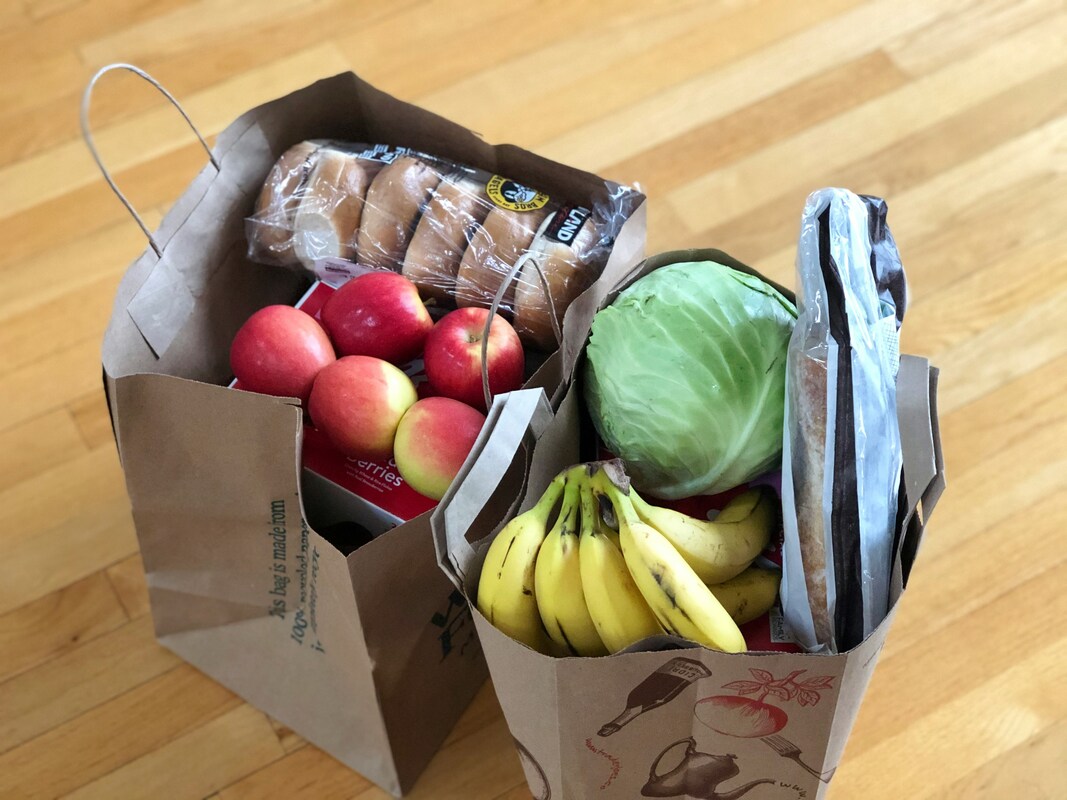


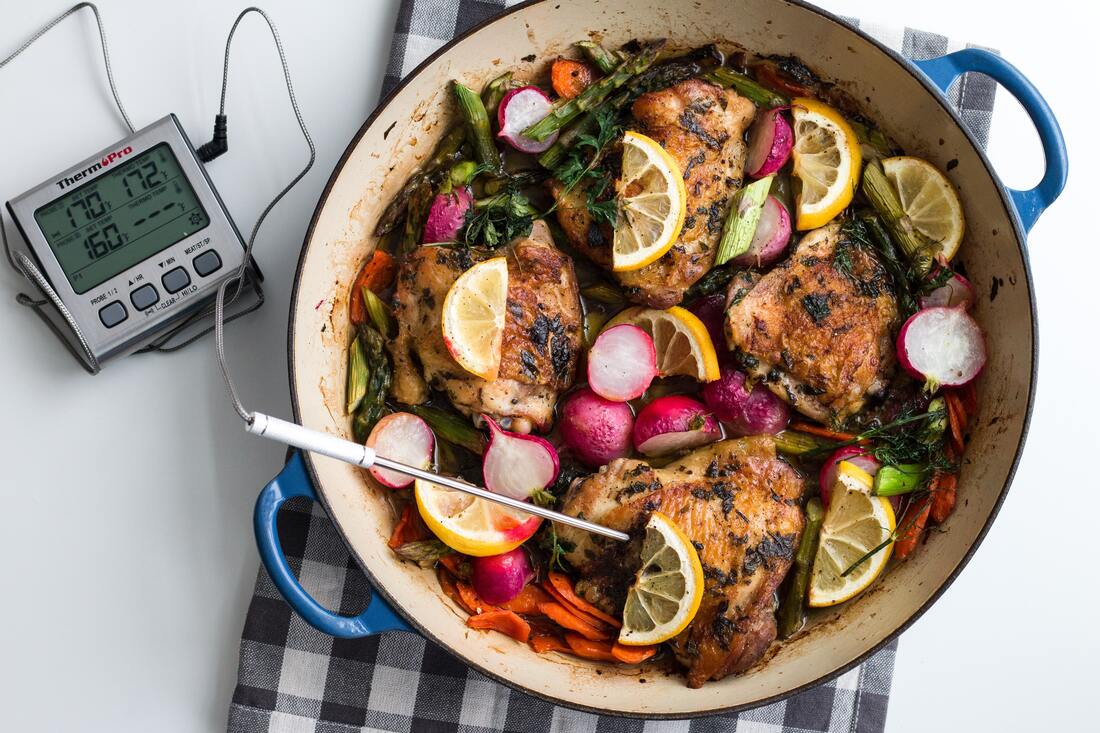


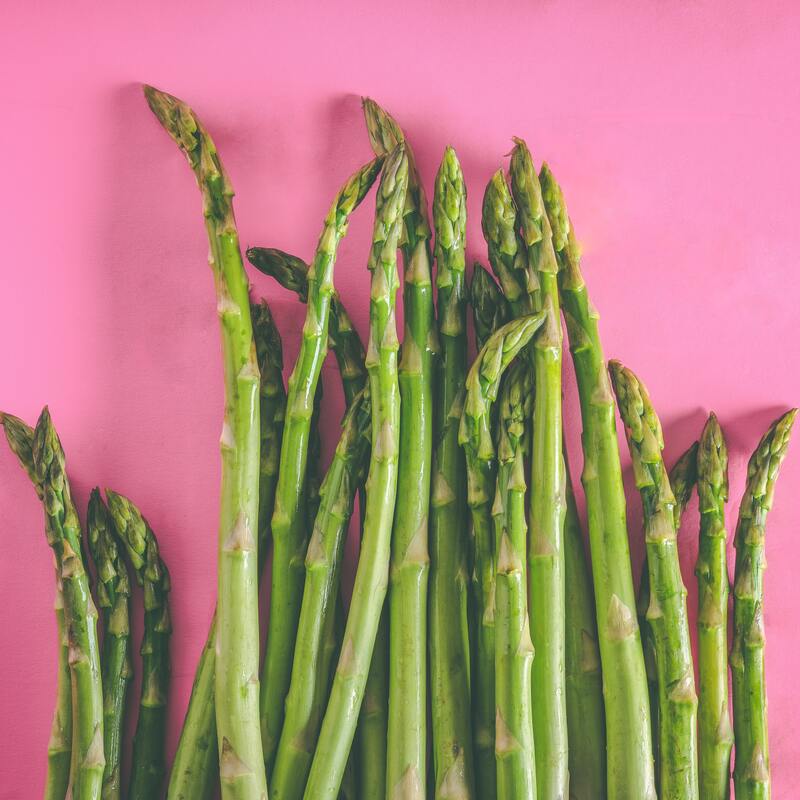
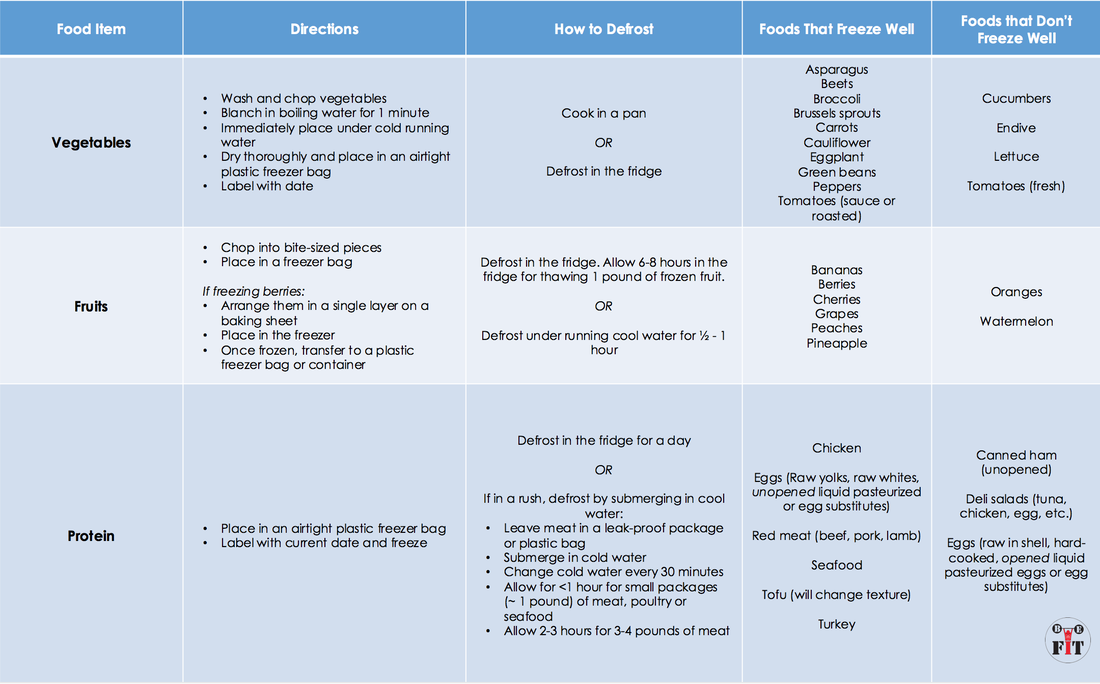
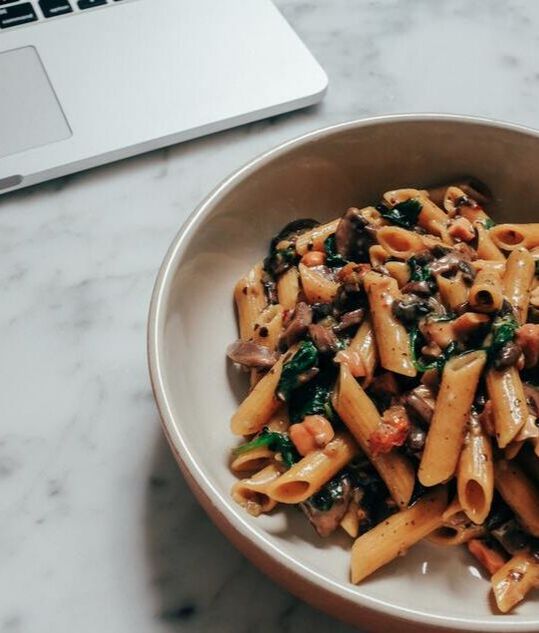
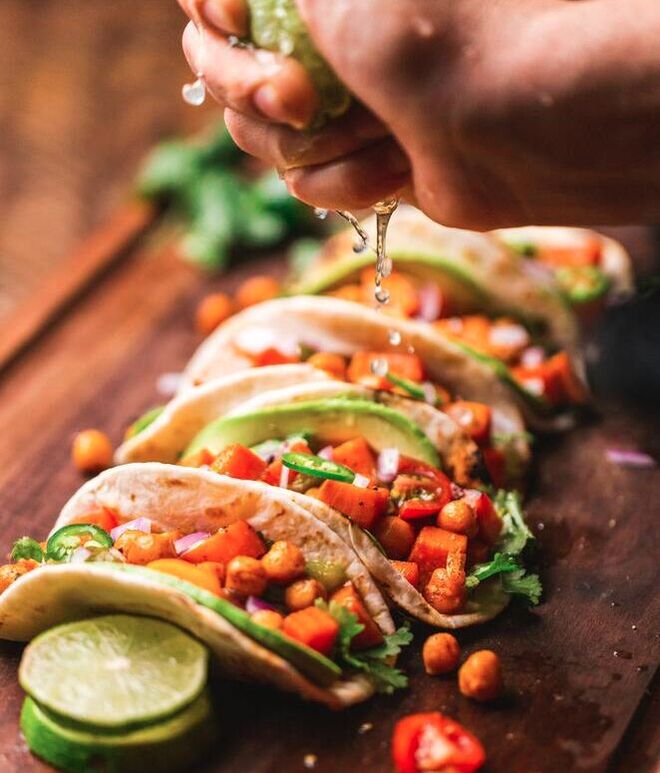
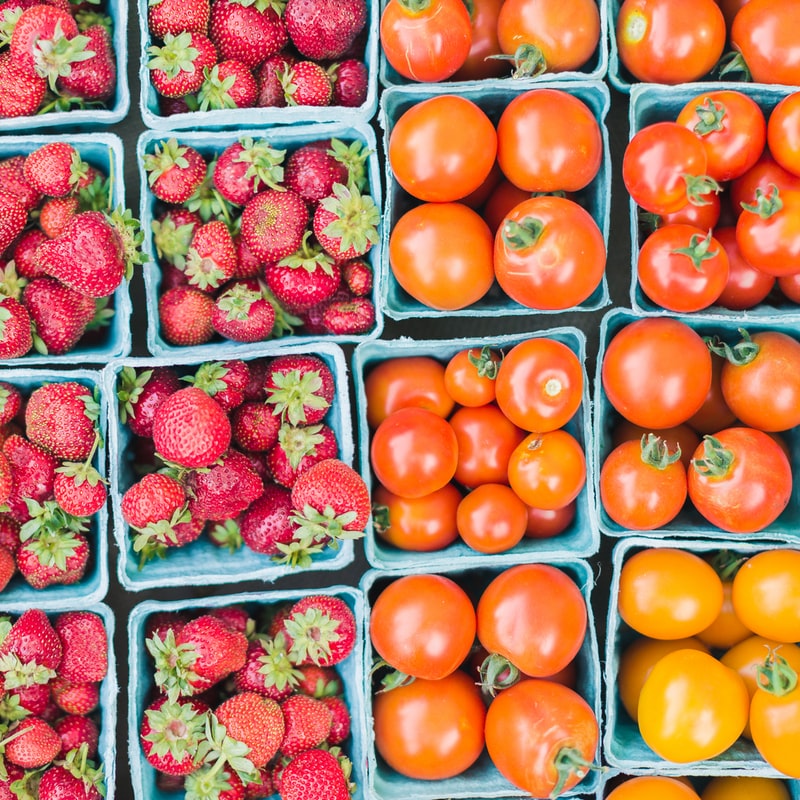

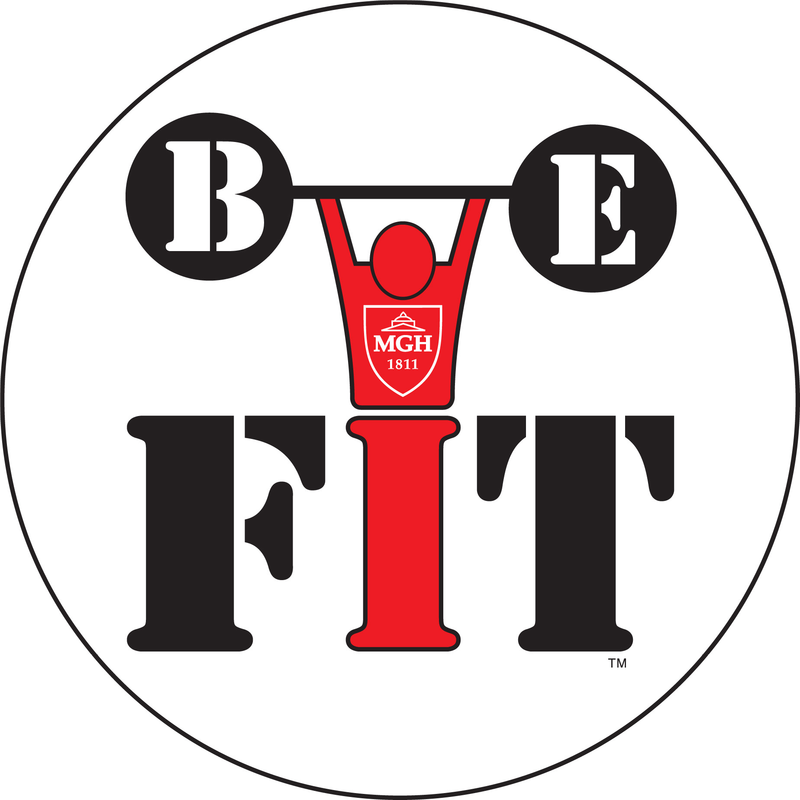
 RSS Feed
RSS Feed